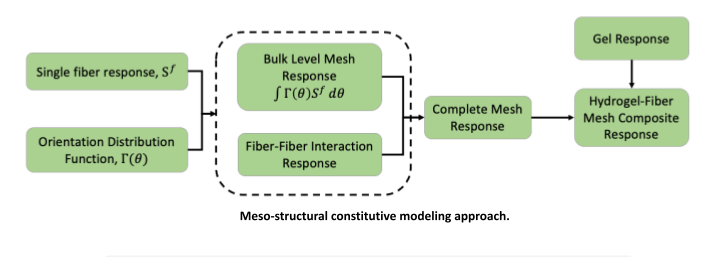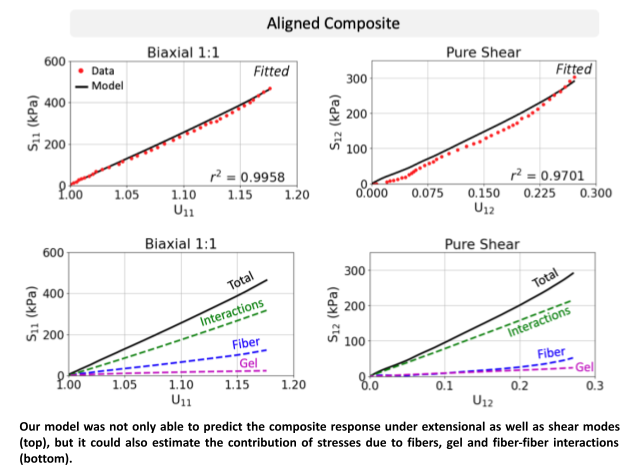Simulation of novel biomaterials for replacement heart valves



To address the continued durability limitations faced by the extant glutaraldehyde treated pericardium biomaterials for replacement heart valves, we are exploring the feasibility of a synthetic material for heart valves, consisting of electrospun polycarbonate urethane (ES-PCU) coated with a poly(ethylene glycol) diacrylate (PEGDA) hydrogel. Our group has developed a meso-structural material model for the ES-PCU/hydrogel composite biomaterial. We conducted a comprehensive study to characterize the structural and mechanical properties of the uncoated mesh as well as the hydrogel-coated mesh (composite biomaterial) over the estimated operational range. In addition, we developed a novel constitutive modeling approach to predict the mechanical behavior of the composite biomaterial under in-plane extension and shear deformation modes. This model identified the existence of fiber–fiber mechanical interactions in the mesh that have not previously been reported. Interestingly, there was no evidence of fiber–hydrogel mechanical interactions. This initial study indicated that the composite biomaterial has mechanical properties well-suited for replacement heart valve applications and that the electrospun mesh microarchitecture and hydrogel biological properties can be optimized independently. It also reveals that the structural mechanisms contributing to the mechanical response are more complicated than what was previously established and paves the pathway for more detailed future studies. Further details can be found at https://doi.org/10.1016/j.jmbbm.2021.104877

